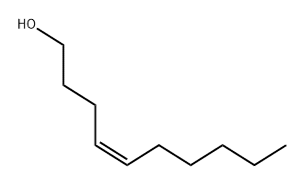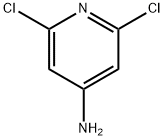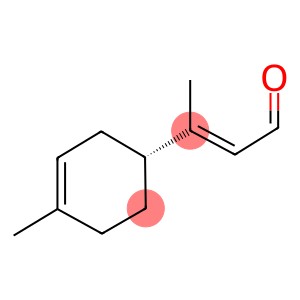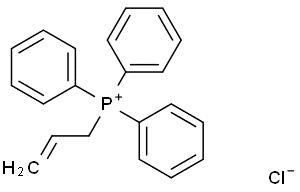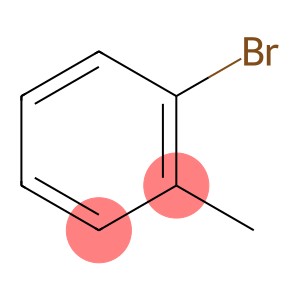1-(3-Hydroxymethylpyridin-2-yl)-4-methyl-2-phenylpiperazine CAS 61337-89-1
1-(3-Hydroxymethylpyridin-2-yl)-4-methyl-2-phenylpiperazine CAS 61337-89-1 introduce
Physical
Appearance: Under normal conditions, it is likely to be solid crystalline, but the specific crystal morphology, color and other details need to be combined with more professional microscope observation and literature data to accurately describe. The appearance of a solid determines how it operates during storage, transport and access, for example, crystalline solids are more suitable for use with a spatula.
Solubility: In common organic solvents, such as ethanol and methylene chloride, it may exhibit varying degrees of solubility. The solubility data in organic solvents is of great significance for organic synthesis experiments using it as a raw material or intermediate, so that scientists can screen suitable reaction solvent systems to ensure that the reaction is carried out uniformly and efficiently.
Synthesis method
Pyridine and piperazine derivatives are mostly used as starting materials, and classical organic reactions such as nucleophilic substitution and condensation are used to construct molecular frameworks. For example, pyridine derivatives with suitable functional group protection first undergo nucleophilic substitution reaction with activated piperazine precursors under alkaline conditions to form key intermediates; Subsequently, after selective deprotection and hydroxymethylation steps, the target product can be obtained. The whole synthesis process requires strict control of reaction temperature, reaction time and material ratio, and a slight deviation will derive impurities, affecting the purity and yield of the product.
use
Pharmaceutical R&D: Its unique molecular structure integrates active groups such as pyridine and piperazine, showing the characteristics of becoming a potential drug lead compound. These groups can interact specifically with specific target proteins, such as certain neurotransmitter receptors, in living organisms, providing novel structural templates for the development of innovative drugs for the treatment of neurological diseases and psychiatric diseases. Researchers will modify its structure and test its activity to continuously explore its medicinal potential.
Organic Building Blocks: In the total synthesis of complex organic molecules, it is a high-quality building block. Chemists can use their active sites to connect various functional groups to extend molecular carbon chains and construct multi-ring systems, opening up synthesis ideas and operation space for the creation of organic compounds with novel structures and unique functions.



